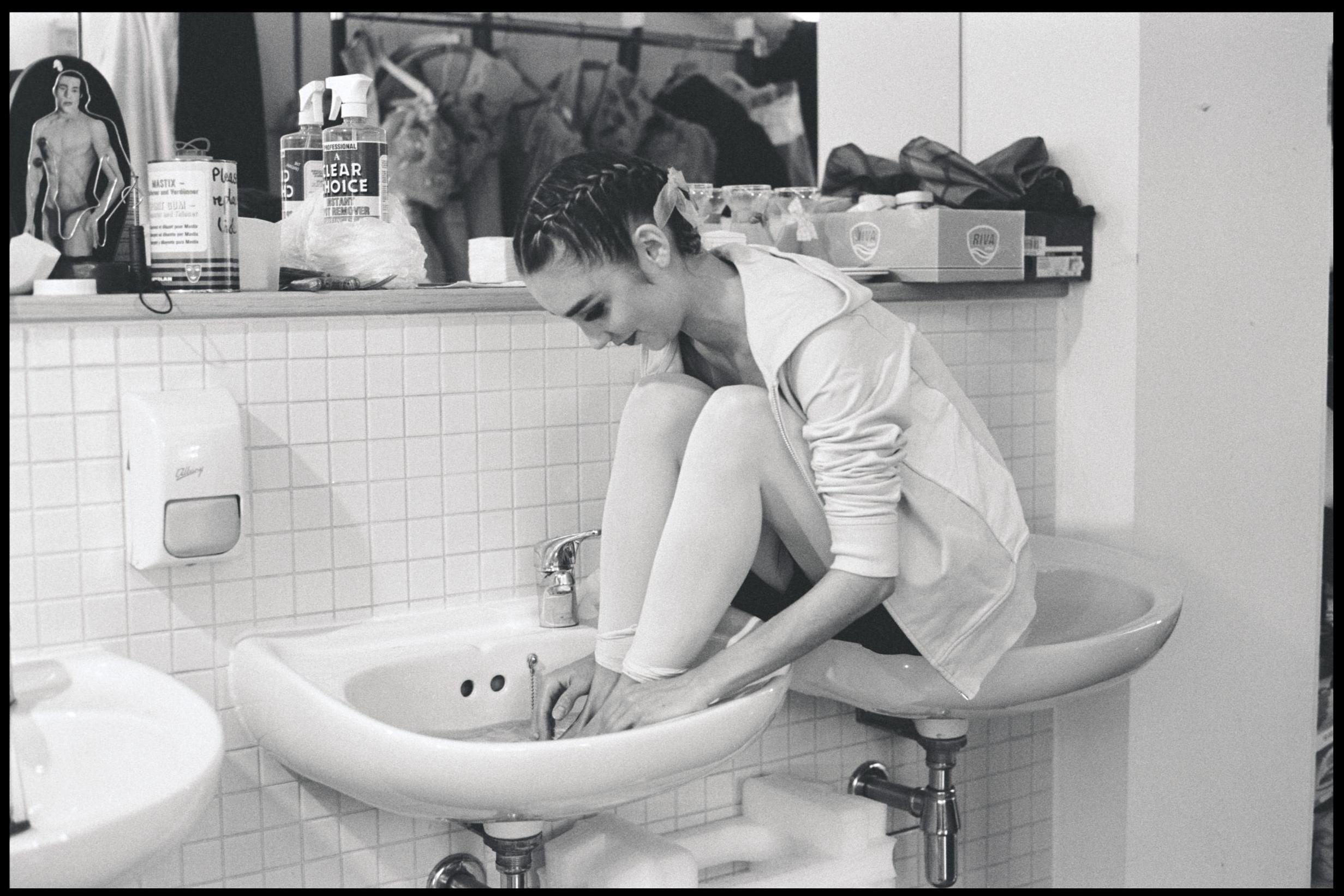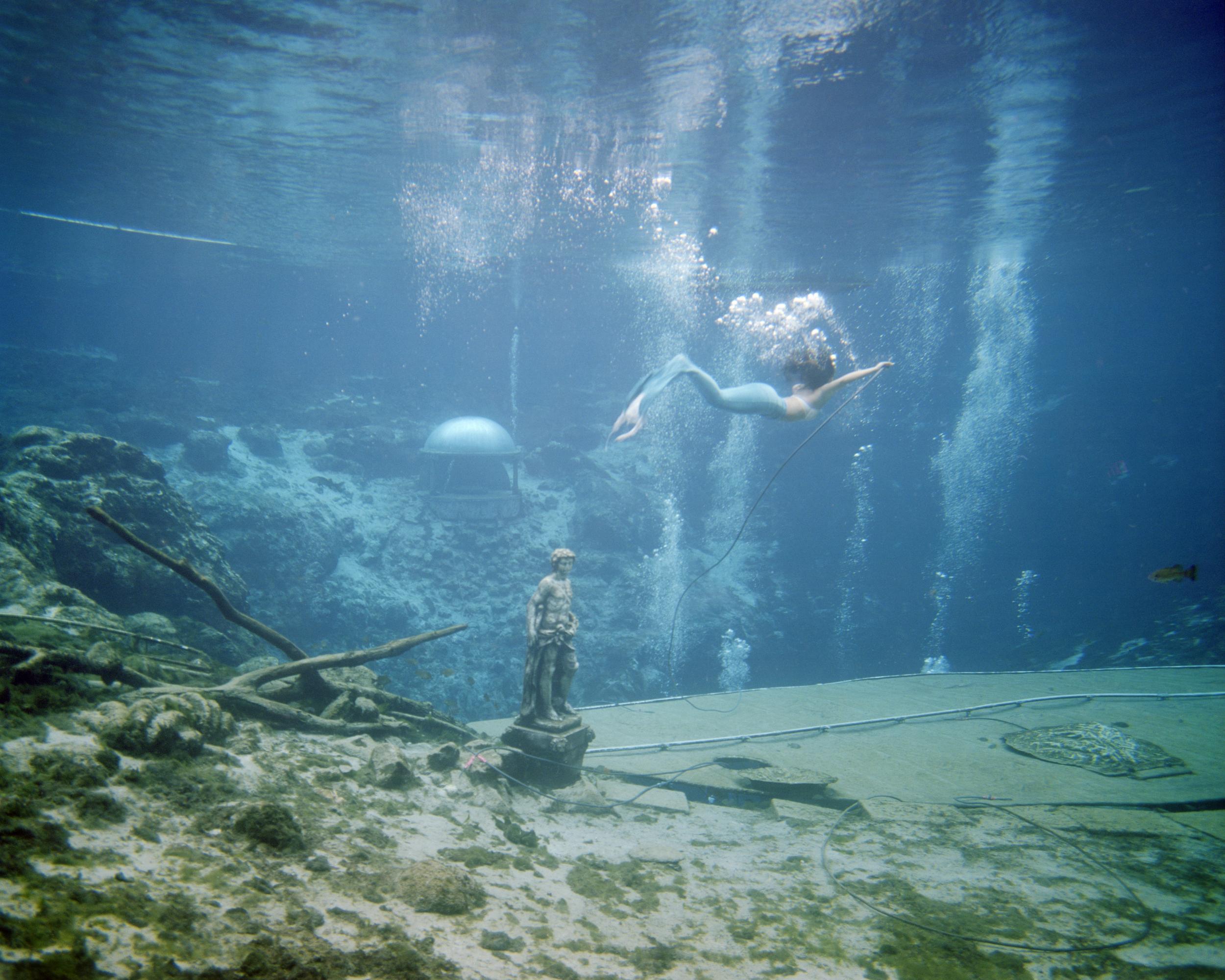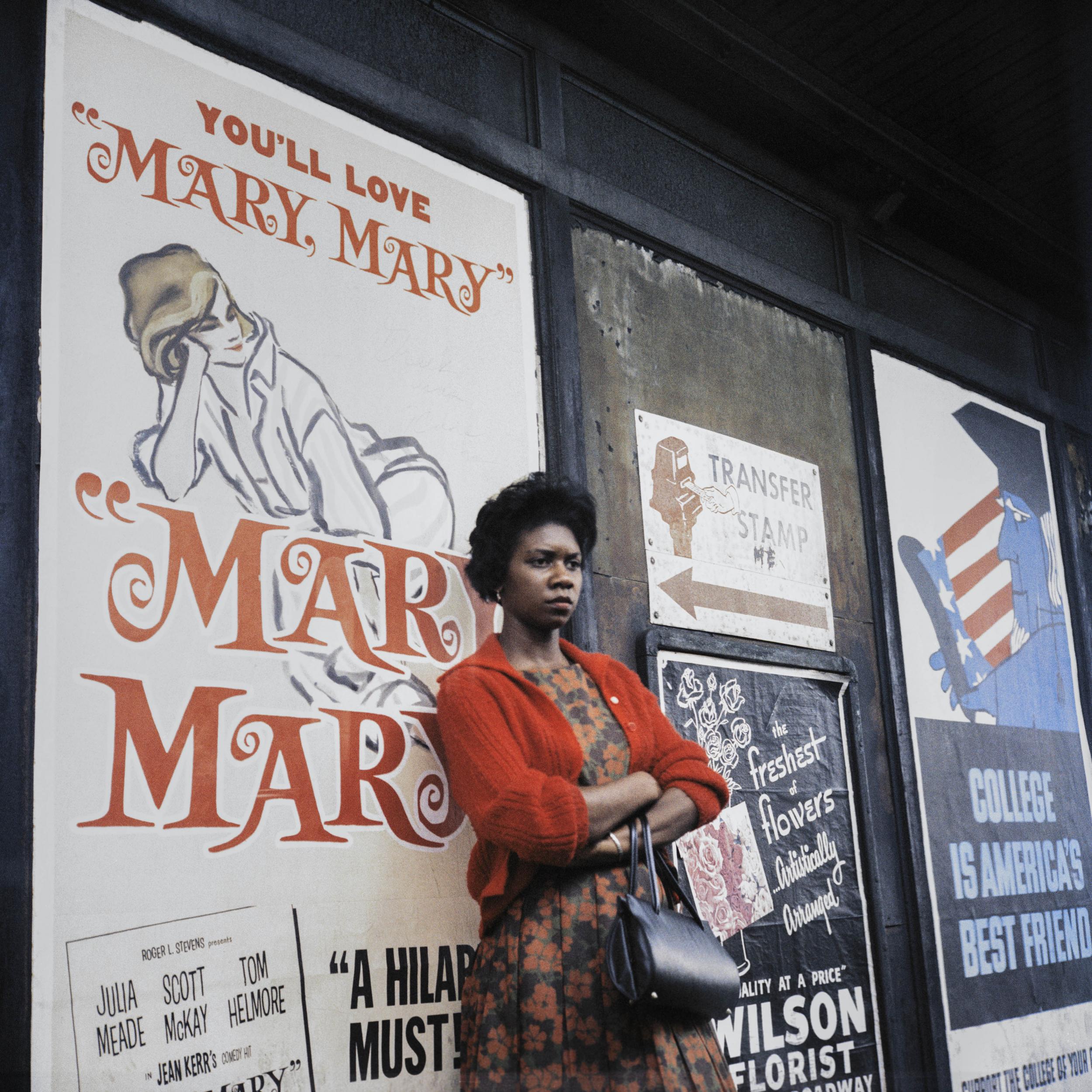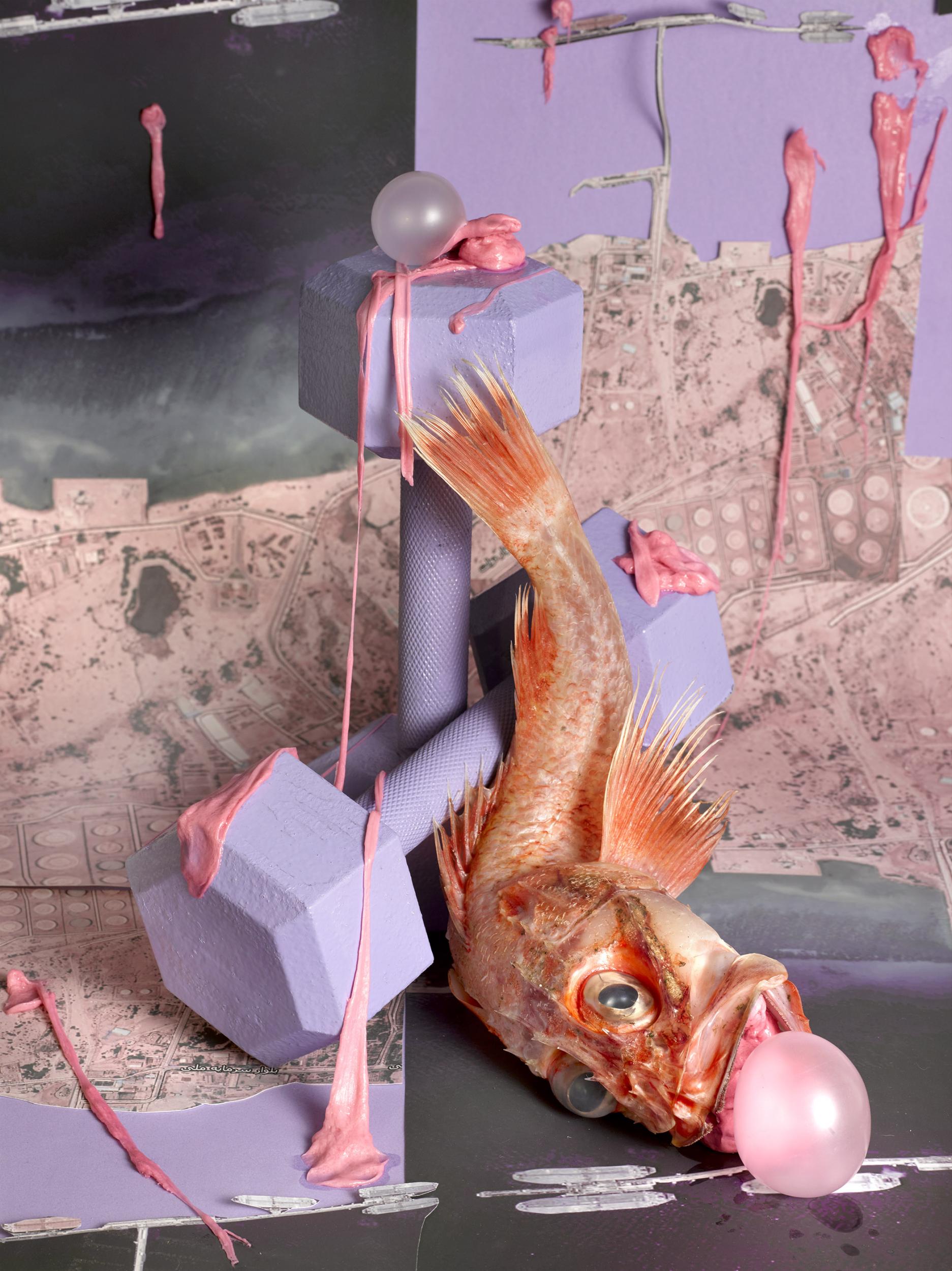Are we finally close to fixing the problem with photography’s gender balance?
At the UK’s biggest photographic fair, Photo London, which opens at Somerset House today, 40 per cent of their showing artists are women – a significant improvement on the global average for such events, reports Suze Olbrich

In our visual-first culture, image is everything. Snapping, sharing, scrolling – our photographic appetite is gargantuan. But how literate are we when it comes to photography? And why does it matter? For one, research just released by the Mental Health Foundation underscores the universal, morbid, psychological effects of exposure to images of unattainable, commerce-driven body ideals. Beyond this, representation – or abundant lack thereof – is a vital, pressing concern for excluded and marginalised people. “You can’t be what you can’t see” – on repeat, till visual realms truly reflect us. In the words of vaunted champion of the female gaze, photographer Hannah Starkey: “Photography is king in terms of how we communicate.” Perhaps, it’d help if some queens shared that throne?
This week, the fifth and largest incarnation of Photo London, the nation’s biggest photographic fair, engulfs Somerset House to offer an extensive photographic showcase, stretching from the medium’s dawn to its bleeding-edge experimental futures, as exemplified by online curatorial platform, Artuner. And with 114 established galleries from 21 nations exhibiting to collectors, curators and photography fans; 23 young spaces comprising the progressive Discovery section, deftly curated by Tristan Lund, and 30 intrigue-piquing artist talks, including a conversation with Starkey – it’s the ideal place to appraise, interrogate, lovingly gape at or otherwise “read” world-class imagery. “We’re working towards the same goal, which is to increase our visual intelligence,” says Starkey of her fondness for, and association with, Photo London. “It’s brilliant how it opens up photography to a wider audience.”
For those reticent to pay for their ad hoc education, there’s a generous public programme featuring the UK’s premier presentation of work by enigmatic American street photography artist Vivian Maier; an expansive exhibit by this year’s Master of Photography, colour photography maestro Stephen Shore, and a social media-geared egg sculpture by Gavin Turk. Meanwhile, the Pavilion boasts a trio of commissions: A Room Their Own, a tender study of domestic abuse survivors by revered documentary photographer Susan Meiselas; Mary McCartney’s Off-Pointe, for which the photographer famed for intimate portraits captured Royal Ballet dancers after hours, freed of fairytale sheen; and Simulations, the culmination of a fear-enhanced, deep dive into hyperreality in Florida’s Palm Beach, by (relative) rising star Rachel Louise Brown.

“They’re independent projects but we’ve linked them in terms of how women view women, or enable themselves to see what it’s not easy for others to … Creating a platform for women artists has always been on our agenda,” says Fariba Farshad, cofounder of Photo London alongside Michael Benson, about devoting the courtyard to a celebration of women in photography. Her conviction is evidenced by the fact that half of 2019’s participating galleries are run by women, with 40 per cent of showing artists also women, besting the average participation rate of 27 per cent (as announced in the latest art market report by Art Basel/UBS).
Hannah Watson, of contemporary space TJ Boulting, which began showing in Discovery, before progressing to the main exhibition, is primed for her year’s busiest week. “There’s this tidal wave of photography around Photo London, which the organisers also embrace.” Her booth will feature fresh, glossy yet subversive work by both Juno Calypso and Maisie Cousins; a joint project by Benedicte Kurzen and Sanne De Wilde, whose exploration of the mythology of Nigeria, Land of Ibeji, just opened at Watson’s gallery in London’s Fitzrovia, and The Bully Pulpit by Haley Morris-Cafiero. The latter series is spurred on by grim online comments hurled at the savvy American performative artist. Having pinpointed the culprits, she dressed up as them, incorporated their vitriol into the scene (eg by printing a comment on a T-shirt) and took a self-portrait, then uploaded the parodies online, where they may well live forever.
“[Our list features] many galleries opened by young women, bringing work by not-yet established women photographers and artists,” says Farshad. “And that’s one of our greatest achievements, creating platforms for London spaces like Roman Road gallery, Sid Motion Gallery, AI Gallery showing Elizabeth Gabrielle Lee and Galerie Miranda in Paris … We’re really excited about the future, which is so fluid and developing so fast. We’re very conscious of needing to support minorities, to open up platforms for diversity.”
Zackary Drucker, multimedia artist, documentary-maker, activist and producer on transformative drama Transparent, will be speaking at Photo London about her work creating new ways of envisioning and communicating gender, and transgender representation in photography. “Art does a great job of bringing people from the margins into the centre, but that’s not universal,” she says. A few days later, pieces from her collaborations with fashion photographer Luke Gilford will form part of a visceral group show at London’s Gazelli Art House. “There’s unconscious bias in curating, and there’s certainly bias in market conditions. Women artists, LGBT+ artists, artists of colour have always been unevenly represented in exhibition spaces, but right now exceptional cultural circumstances are creating demand for and interest in hearing our stories.”

Notable Russian Ghanaian photographer Liz Johnson Artur, who will converse live with Hans-Ulrich Obrist at Photo London, says: “Commercially I think it’s simple, if it sells, it’s worth investing. When I worked as a freelance music and fashion photographer in the 1990s … the people that hired me could see market value in photography that represented black culture.” Her recently opened first solo exhibition at Brooklyn Museum was titled Dusha (Soul), because as she explains, “it has no shape, no colour, no gender. My interest is far beyond those limitations … From its earliest steps, photography has been critical in establishing how western cultures view ‘other cultures’ – how to look at and interpret them; how and what to value in ‘the other’. Of course, it has to play a part in taking apart these misconceptions.”
But is it really still necessary to show the works of women, or other commonly excluded identity groups, together? “Instinctively it’s about redressing the balance – there’s a reason for women being brought to the forefront,” says McCartney, who’s looking forward to the public drifting into unseen images from her Off-Pointe series. “I love being around female photographers but I’m collaborative, so whether it’s a talented man who has a similar aesthetic, or if there’s other relevance, that’s more important.” And this ambivalence towards being exhibited by gender, however honourable the intention, is echoed by Pavilion-mate Brown, whose work, which intelligently queries societal construction of gender roles, stems from feminist leanings. “Photography’s catching up and it’s bloody brilliant … I also wonder how long we’ll keep celebrating women in photography – what happens once we peak? This has to happen as we’re not equal yet, hopefully [once we are] everyone can just get on with making.”
“Visibility is extremely important, and exhibitions that show these identities are making an effort, but not in the right way. If they aren’t integrated into the fabric of the art world, they will continue to be marginalised and exoticised. If we are to move forward in how we analyse gender, race, ethnicity or age, the last thing we need to do is to sanction these identities by grouping them for a thematic spectacle,” says erudite American Iranian artist Sheida Soleimani, who makes excoriating, black humour-laced, politically-motivated works. Her latest series Crudes, which will show at forward-thinking London gallery Edel Assanti’s booth, investigates a niche section of the oil industry – and, as with all Soleimani’s interdisciplinary works, is presented as photography “to challenge the audience to re-evaluate what they recognise. The photograph has been historically positioned as a document of ‘the truth’”.

“You always have to consider the context, and most artists do that anyway,” says Watson, who is committed to showing art that speaks for itself, while also creating social and professional support networks for women. “I think that’s productive, because it’s a safe space where you can get together, but in terms of the [art], I don’t segregate as I don’t think that does the work any favours … Photography has definitely got the potential to embrace a wider audience, it’s easy to disseminate, especially with social media.”
Starkey is also hopeful that photography will continue evolving in terms of representation, citing recent years as particularly invigorating. “Everything that’s happened to photography – its influence and the industry that’s risen around it; mentors, prizes, funding, magazines and Photo London – is amazing. Our visual culture has opened up, and it’s because so many more women are in photography, and so many more marginalised people are also being represented … It’s important to find [a way to keep] challenging that, and that platforms keep opening for those who feel their voices aren’t being heard, or images aren’t being given a fair chance. But, generally, the landscape is looking a lot healthier.”
As the medium’s profile continues to rise, ever more opportunities arrive for curious viewers to engage with images that offer deep insight into human experience. Susan Meiselas’ human rights-focused documentary career has encompassed work on turmoil in the global south, as well as social commentary within her native US, and the creation of a collective history with stateless Kurdish people. Her Photo London commission was created with anonymised domestic abuse survivors’ participation. “I care about the lives behind those photographs – as to what extent they trigger questions and connections for people passing by, I can only try. The great challenge in our complex world is how we connect to people who are either far away or wholly unknown. What are the entry points to breaking through the silos that we all live in? Photography’s always had that imagined potential … to create empathy and expand our understanding – what we do with that consciousness, that’s a great question.”
Photo London runs until 19 May
Join our commenting forum
Join thought-provoking conversations, follow other Independent readers and see their replies
Comments